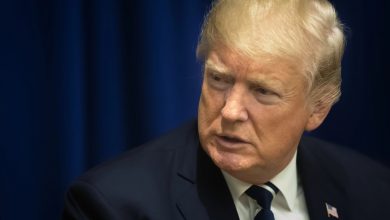California’s $18 Billion Budget Hole Puts Newsom’s Presidential Ambitions At Risk – Financial Freedom Countdown
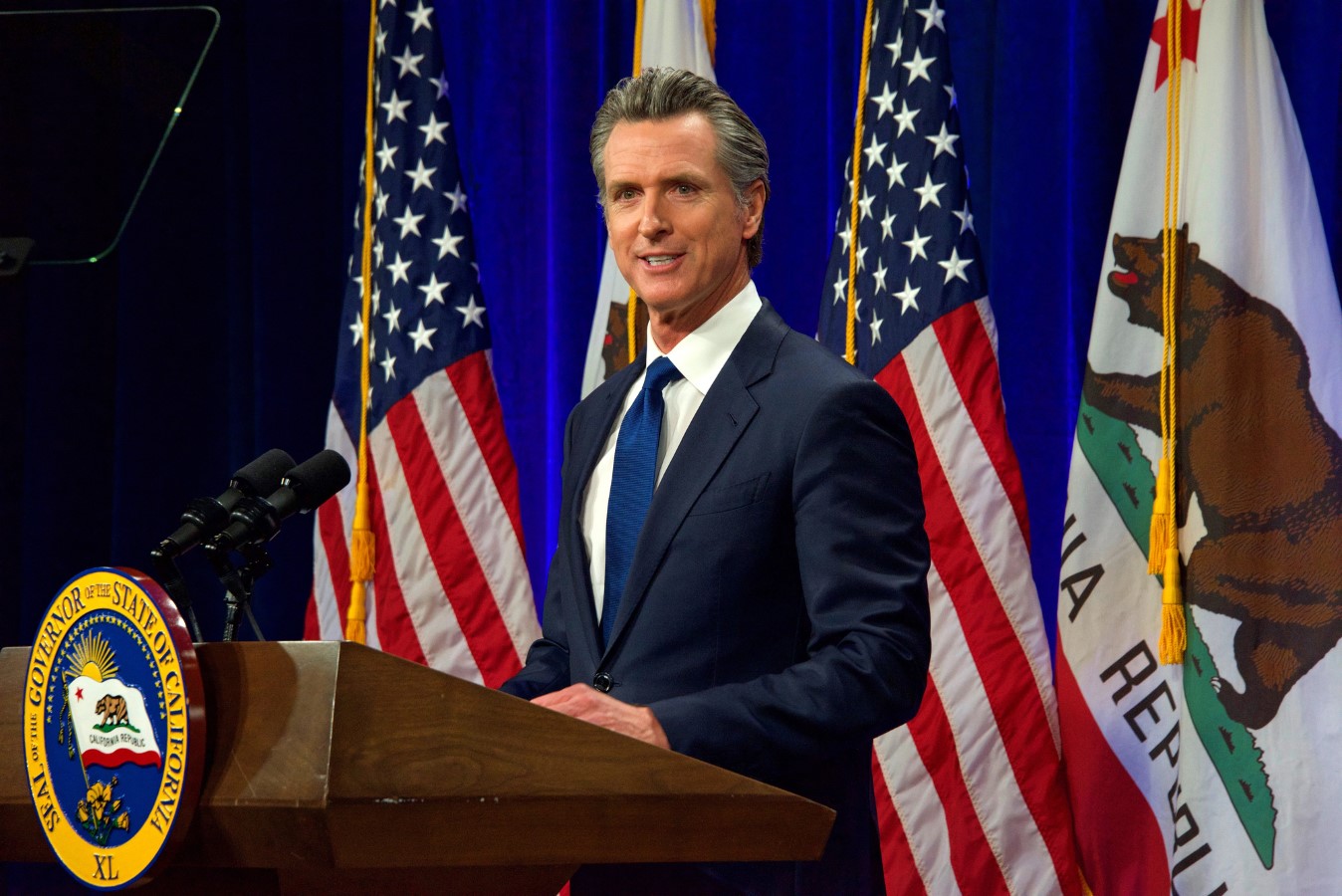
California is staring at an $18 billion deficit for 2025, the fourth shortfall in a row and a sharp reversal for a state that once bragged about its massive surpluses.
The new projection from the nonpartisan Legislative Analyst’s Office (LAO) signals a tough final year for Gov. Gavin Newsom as he attempts to safeguard the progressive policies that defined his tenure.
Newsom’s Final Budget Before a Likely Presidential Run

Newsom will release his own estimates in January, and he often offers a more optimistic financial picture than the LAO.
But this will be his last chance to shape a state budget before his term ends in January 2027; while he quietly gauges national interest in a potential presidential run. How he manages this crisis could shape his national image.
Why Revenues Keep Falling Short
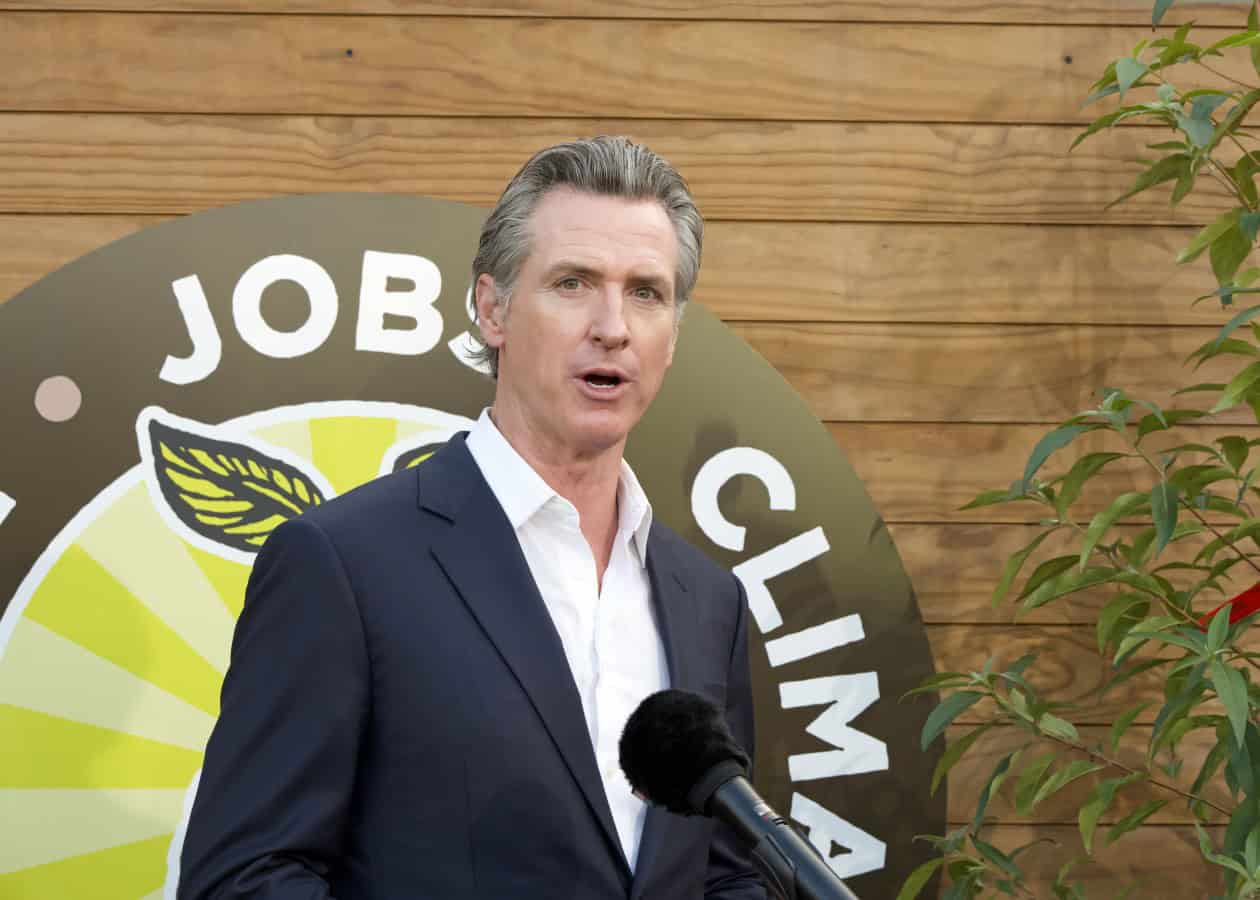
The LAO says state spending is rising far faster than revenue.
Weak corporate profits, softer sales-tax collections, and higher borrowing costs; made worse by new federal tariff and trade policies have kneecapped California’s revenue streams.
Job growth has slowed as well, producing a less robust tax base than expected.
AI Investments: A Rare Bright Spot, but Not a Reliable One

Massive investment in artificial intelligence companies generated billions in unexpected personal income tax revenue.
But nearly all of that money is already spoken for earmarked for schools and debt reduction under California’s funding rules.
Analysts warn that this AI-driven surge is not a stable long-term solution, cautioning against assuming the boom will continue.
“The Budget Condition Has Become Relatively Weak”
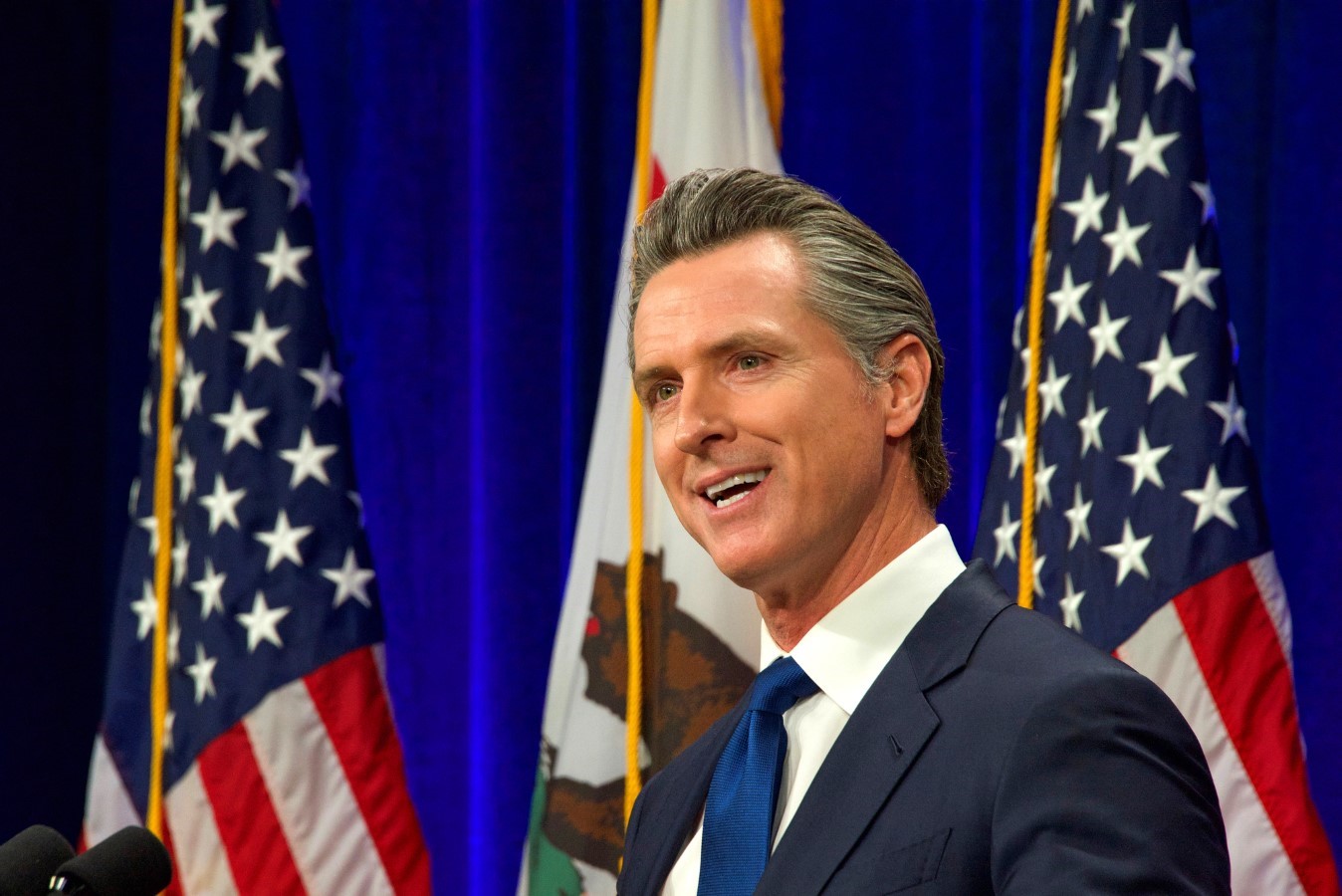
Legislative Analyst Gabriel Petek did not mince words: California is entering a period of fundamental fiscal fragility. The state’s cushion has thinned, one-time solutions are exhausted, and the risk of a sharper downturn remains. His warning underscores that the state’s financial problems are not temporary; but structural.
Health Care Costs Once Again at the Center of the Storm

Health care remains one of the largest and fastest-growing line items in the state budget.
Newsom last year scaled back a flagship program that provided free health coverage to immigrants regardless of legal status; a painful move for Democrats.
More cuts to these programs could be on the table as the state looks for big-ticket savings.
Democrats Have Run Out of Stopgap Tricks
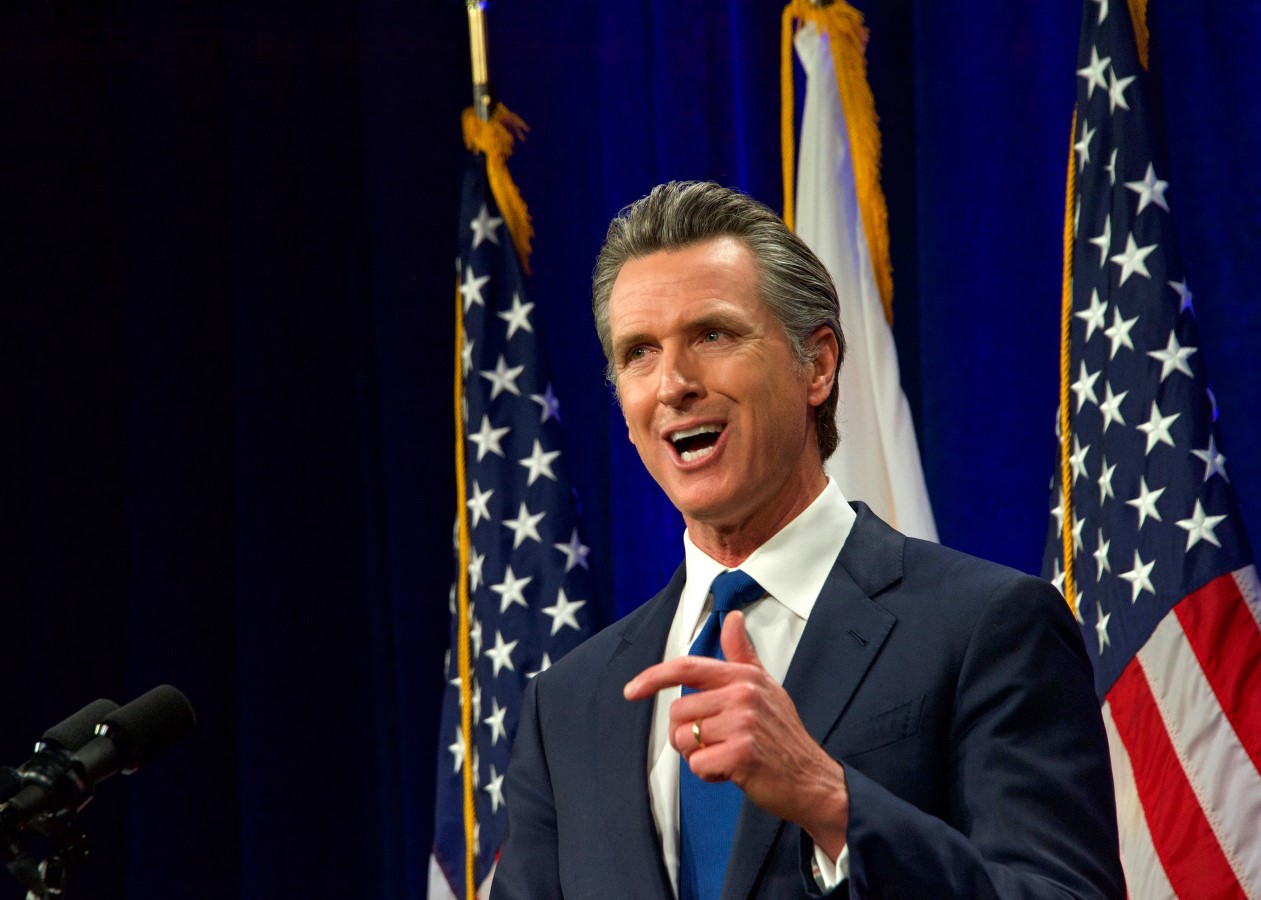
For several years, state leaders avoided deep cuts by borrowing from special funds, suspending transfers, and delaying payments. Those “budget Band-Aids” have run dry.
Without new revenue or sweeping reforms, lawmakers may face difficult decisions that could reshape progressive priorities for years.
“The state’s structural deficit continues to grow because of the majority party’s unstoppable spending problems,” Republican state Sen. Roger Niello said in a statement.
No Appetite for New Taxes; At Least for Now

Newsom has repeatedly rejected calls to raise taxes, even as the structural deficit deepens.
Democrats are wary of fueling further economic anxiety in a state already facing affordability challenges, while Republicans argue new taxes would drive residents and businesses out faster.
A number of high profile companies have already moved out of California.
Republicans Blame Spending; Democrats Blame Federal Policy

Predictably, the parties see the crisis differently. GOP lawmakers say the deficit is the direct result of “unstoppable spending problems.”
Democrats argue federal uncertainty, inflation-linked program costs, and volatile markets have blown holes in state finances. The dueling narratives will shape the coming budget fight.
Next Year Could Be Much Worse: Up to a $35 Billion Shortfall
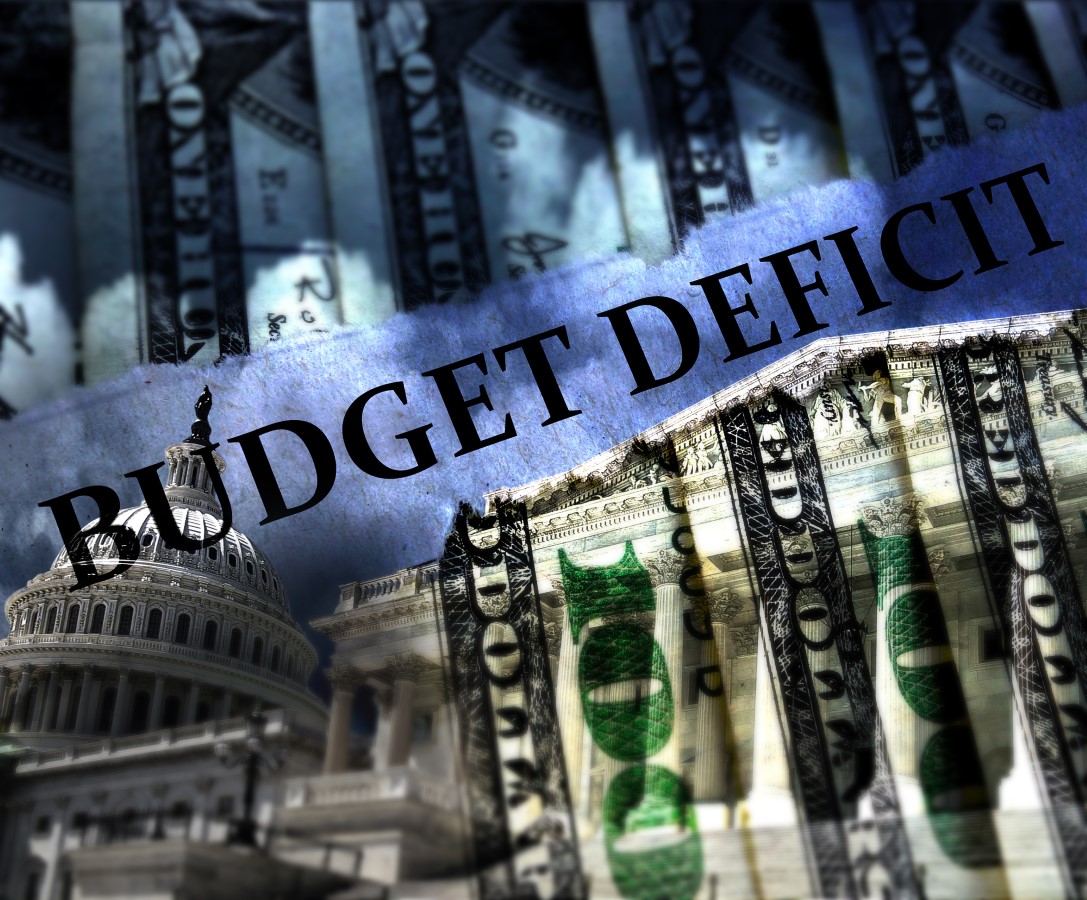
The LAO warns California could see an even bigger budget gap; possibly $35 billion the following year. If that projection holds, the state could be forced into a new era of austerity unseen since the Great Recession.
Education, Childcare, and Safety-Net Programs Hang in the Balance

Senate President pro Tempore Monique Limón said lawmakers will push for a budget that protects schools, health care, childcare, and safety-net programs.
But with so much of the budget locked into voter-approved spending formulas, every protected priority makes cuts elsewhere even deeper.
A Test of Newsom’s Leadership and His National Viability

How Newsom navigates this fiscal crisis will be closely watched by Democrats nationwide. Supporters see an opportunity for him to demonstrate steady leadership under pressure; critics argue he now owns the state’s structural problems. Either way, the stakes; for California and for Newsom’s future could not be higher.
Like Financial Freedom Countdown content? Be sure to follow us!
Treasury Hikes I Bond Rate to 4.03%, Yet Fixed Portion Drops — Here’s What It Means for Savers

The U.S. Treasury has announced a new 4.03% rate for Series I savings bonds, slightly higher than the previous 3.98%.
But beneath the bump lies a subtle setback: the fixed-rate portion has slipped to 0.9% from 1.1%.
That quiet change could reduce long-term returns for investors hoping to lock in inflation-protected income, even as I bonds remain one of the safest options for conservative savers.
Treasury Hikes I Bond Rate to 4.03%, Yet Fixed Portion Drops — Here’s What It Means for Savers
Comparing Retirement Ages: How Does the US Stack Up Against Other Countries?

Retirement age fluctuates across nations, influenced by diverse factors such as labor market dynamics, job types, economic policies, gender roles, and pension systems. For instance, Saudi Arabia stands out as the sole country offering full retirement benefits to individuals under 50, whereas in 2023, France faced uproar after raising its retirement age by two years, sparking widespread strikes. The Organization for Economic Co-operation and Development (OECD) collects and analyzes retirement data using distinct metrics: – The Current Retirement Age signifies the age at which individuals can retire with full pension benefits after a career starting at age 22, without facing any deductions. – The Effective Retirement Age represents the average age at which workers aged 40 or older exit the workforce, influenced by personal decisions or job availability.
Comparing Retirement Ages: How Does the US Stack Up Against Other Countries?
Millions Could Miss Out on a New $1,000 Federal Retirement Match. Check If You Qualify

Beginning in 2027, millions of lower- and moderate-income savers will qualify for what financial researchers are bluntly calling “free money.” The new federal Saver’s Match; created under the 2022 SECURE 2.0 Act will replace today’s underused Saver’s Credit with a far more powerful benefit: up to $1,000 deposited directly into your retirement account every year. Morningstar’s early modeling suggests that eligible participants could see retirement wealth jump as much as 12%, a remarkable return for a program few Americans have even heard of.
Millions Could Miss Out on a New $1,000 Federal Retirement Match. Check If You Qualify
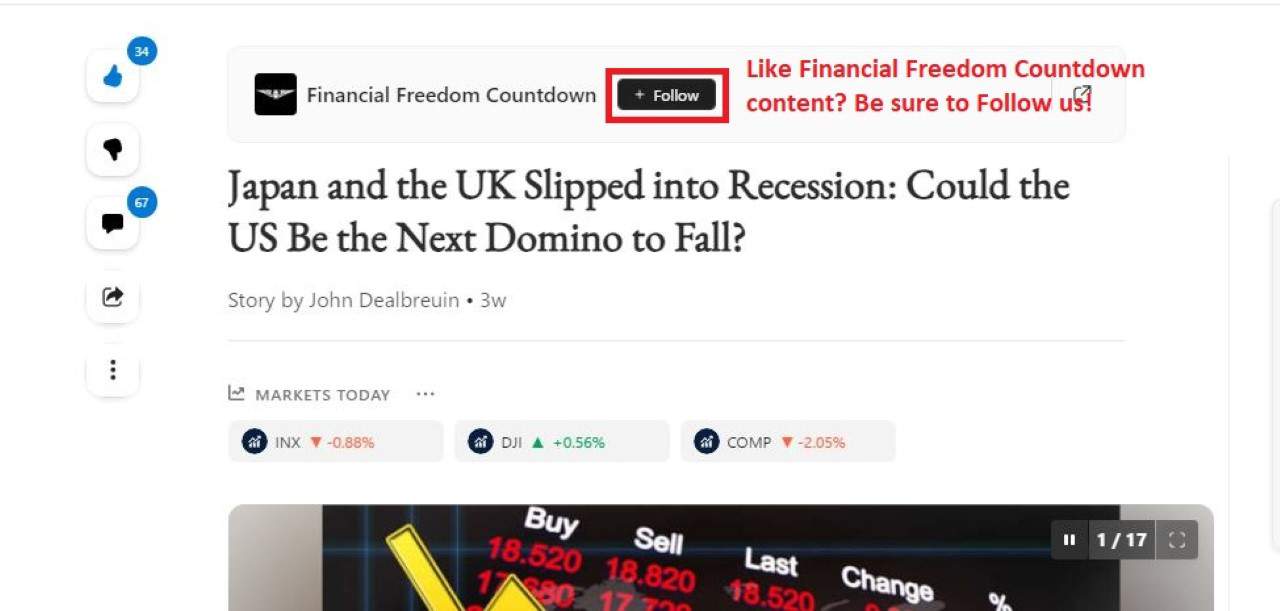
Did you find this article helpful? We’d love to hear your thoughts! Leave a comment with the box on the left-hand side of the screen and share your thoughts.
Also, do you want to stay up-to-date on our latest content?
1. Follow us by clicking the [+ Follow] button above,
2. Give the article a Thumbs Up on the top-left side of the screen.
3. And lastly, if you think this information would benefit your friends and family, don’t hesitate to share it with them!

John Dealbreuin came from a third world country to the US with only $1,000 not knowing anyone; guided by an immigrant dream. In 12 years, he achieved his retirement number.
He started Financial Freedom Countdown to help everyone think differently about their financial challenges and live their best lives. John resides in the San Francisco Bay Area enjoying nature trails and weight training.
Here are his recommended tools
Personal Capital: This is a free tool John uses to track his net worth on a regular basis and as a retirement planner. It also alerts him wrt hidden fees and has a budget tracker included.
Platforms like Yieldstreet provide investment options in art, legal, real estate, structured notes, venture capital, etc. They also have fixed-income portfolios spread across multiple asset classes with a single investment with low minimums of $10,000.




